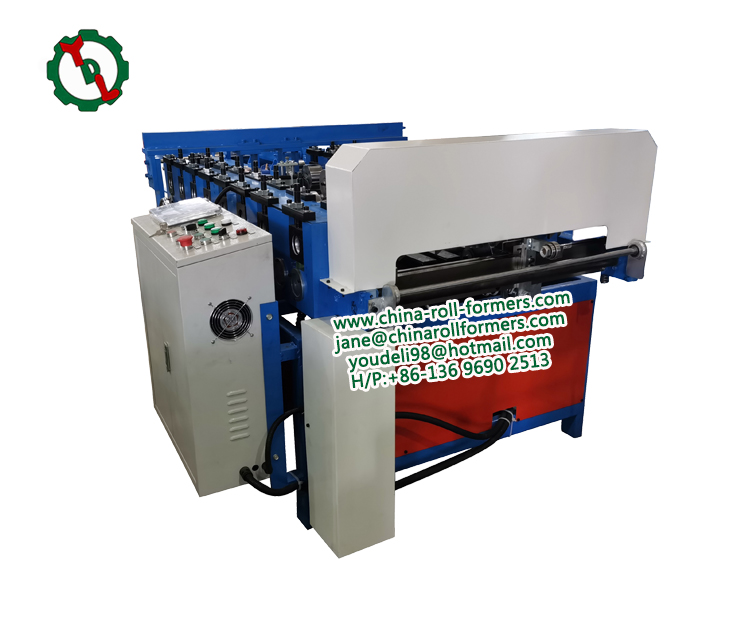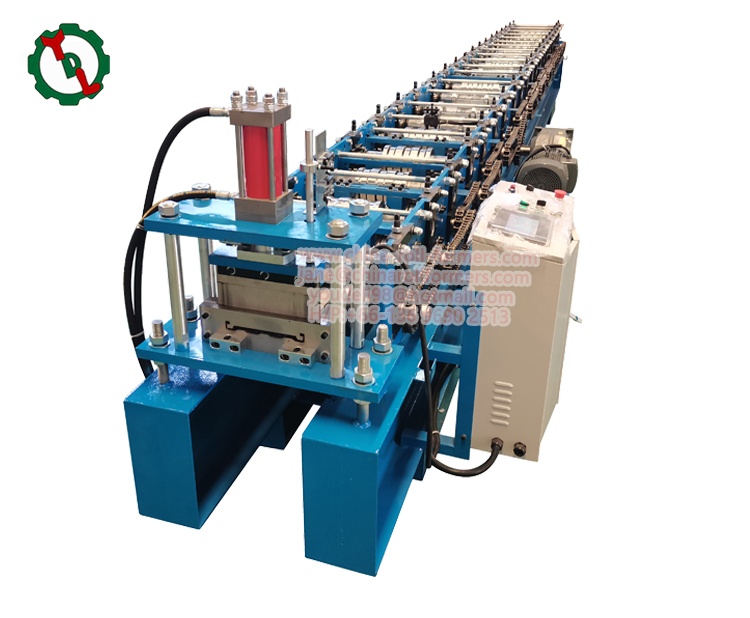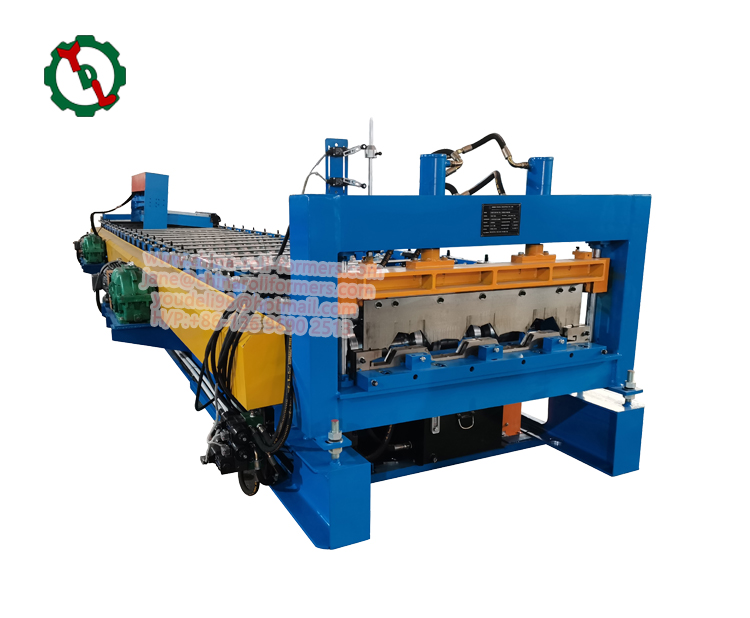Purlins are critical structural components used in building frameworks, typically employed in roofing and wall applications. To manufacture purlins, particularly C, Z, or U-shaped profiles, the use of a purlin roll forming machine is essential. Selecting the right equipment plays a key role in ensuring product quality, optimizing efficiency, and reducing production costs. This guide offers a detailed overview of the critical factors to consider when choosing the right machine for producing purlins.
Understanding the Basics: What is a Purlin Roll Forming Machine?
A purlin roll forming machine is a specialized piece of equipment used to continuously form metal sheets into specific purlin profiles such as C, Z, or U shapes. The machine typically includes a series of rollers that progressively shape flat metal strips into the desired profile. Roll forming is a cold-forming process, meaning that it doesn’t require heat, making it energy-efficient and capable of producing strong, precise, and consistent profiles.
Types of Purlin Roll Forming Machines:
- C Purlin Machine: Creates C-shaped profiles.
- Z Purlin Machine: Produces Z-shaped profiles.
- Interchangeable Machine: Can switch between C and Z profiles.
- Adjustable Machine: Allows for different sizes and thicknesses without changing tools.
Choosing the right machine depends on the specific profiles and production needs.
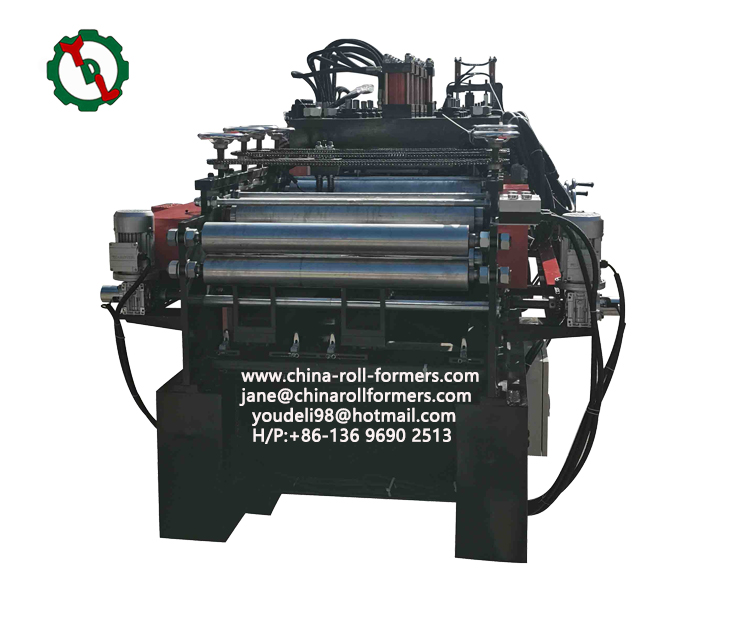
Key Factors to Consider When Choosing a Purlin Roll Forming Machine
1. Purlin Profile and Shape Requirements
The first and most important consideration is the type of purlins you need to produce. Purlin profiles vary significantly depending on the application. The three main types are:
- C Purlins: Commonly used in walls and roofs of steel structures.
- Z Purlins: More suited for roofing due to their interlocking design, which provides greater strength and flexibility in installation.
- U Purlins: These are used less frequently but are suitable for some specific structural applications.
If your production is focused solely on one type of purlin, a dedicated C or Z purlin roll forming machine might be the most efficient choice. However, if your operations require flexibility, consider an interchangeable C/Z machine that can quickly adjust to produce both types.
2. Production Speed and Efficiency
Another critical factor when choosing a purlin roll forming machine is the production speed. High-speed machines can significantly increase your output and meet higher production demands, but they come with a higher upfront cost. The production speed can vary based on the complexity of the profile and the thickness of the material being formed. Typically, roll forming machines operate at speeds of 10-25 meters per minute, but high-end machines can exceed these speeds.
It’s essential to balance production speed with the quality of the final product. Ensure that the machine you choose can maintain high precision and consistency at higher speeds, as sacrificing quality for speed could lead to structural issues with the purlins produced.
3. Material Capabilities
Purlins are usually formed from materials like galvanized steel, stainless steel, or aluminum. Each material has different characteristics in terms of malleability, thickness, and strength. When choosing a purlin roll forming machine, it’s essential to ensure that the machine can handle the specific materials you intend to use.
- Steel: The most common material for purlins, especially galvanized steel, which is corrosion-resistant and durable.
- Aluminum: Lightweight and corrosion-resistant but softer and less durable than steel.
- Stainless Steel: Used in more specialized applications where higher corrosion resistance is needed.
The machine’s rollers, motor power, and forming capacity must match the material type and thickness you will work with. For example, forming thicker or harder materials requires a machine with greater forming power and more robust construction.
4. Machine Flexibility and Adjustability
In modern manufacturing, flexibility is a crucial asset. A purlin roll forming machine should offer enough flexibility to adjust to different profile sizes, shapes, and material thicknesses without extensive downtime. Adjustable machines allow manufacturers to easily change the width and height of the purlin without replacing entire sets of tooling.
An adjustable C/Z purlin roll forming machine is especially useful for manufacturers who need to switch between different purlin sizes or profiles quickly. This adjustability is typically achieved through automated systems that adjust the distance between rollers or the angle of the forming heads. These machines reduce downtime and increase overall production efficiency.
5. Automation and Control Systems
The level of automation and the control system is another key consideration when selecting a purlin roll forming machine. Modern machines are often equipped with programmable logic controllers (PLC) and Human-Machine Interface (HMI) systems, allowing for easy setup, monitoring, and operation. Automation can significantly reduce labor costs and improve precision, ensuring that every purlin is produced to exact specifications.
- PLC Systems: These controllers are programmable and allow for precise control over the entire roll forming process, including speed, pressure, and tooling adjustments.
- HMI Systems: These provide an interface for the operator to control the machine, adjust settings, and monitor the production process. The more intuitive the HMI, the easier it will be for operators to manage production, reducing training time and the potential for errors.
When evaluating automation features, look for systems that offer:
- Quick Profile Changes: Automated systems for quick profile or size changes without manual intervention.
- Error Detection: Automatic sensors that detect material misfeeds, misalignments, or profile defects and stop the machine to avoid wastage.
- Remote Monitoring: Some advanced machines offer remote monitoring capabilities, allowing operators to track machine performance in real time from a separate location.
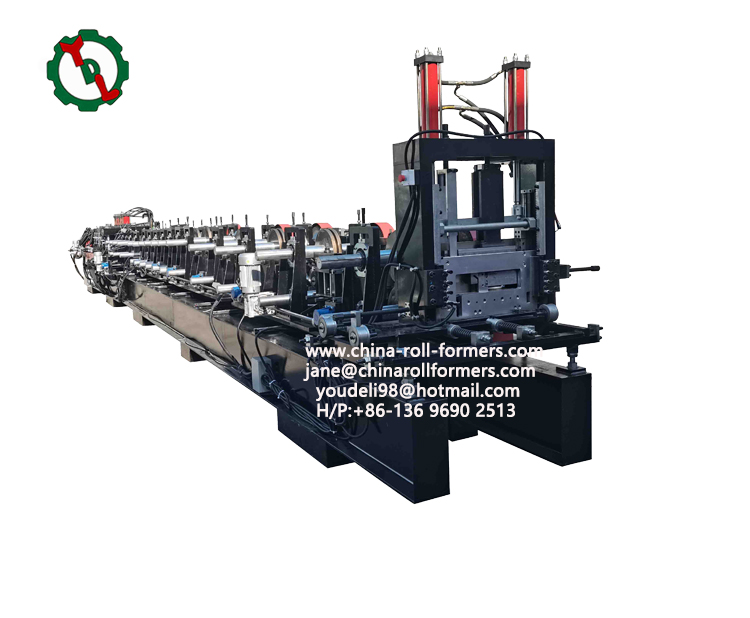
6. Precision and Tolerance
The precision of the purlin roll forming machine is crucial, especially when the purlins are part of load-bearing structures. Even small deviations in profile dimensions can lead to serious structural issues. When choosing a machine, consider the tolerances it can achieve and how consistently it maintains them over long production runs.
Machines with robust construction, high-quality rollers, and advanced control systems will typically offer the best precision. Look for machines that specify tight tolerances in terms of both dimensional accuracy and material thickness consistency.
7. Durability and Maintenance
A purlin roll forming machine is a significant investment, and its durability will affect your long-term return on investment. Machines made from high-quality materials, with wear-resistant rollers and robust frame construction, will last longer and require fewer repairs.
Additionally, consider the ease of maintenance. Machines with easily accessible components and modular designs are easier to maintain and service, reducing downtime and ensuring continuous production. Ensure that the manufacturer provides adequate technical support, spare parts availability, and maintenance services.
8. Cost Considerations
Cost is always a key factor when making a large capital investment. The price of a purlin roll forming machine can vary widely depending on its capabilities, level of automation, production speed, and material handling capabilities.
When evaluating cost, it’s essential to consider not just the upfront price but also the long-term operational costs, including:
- Energy Consumption: More efficient machines will reduce energy costs over time.
- Labor Costs: Higher automation levels reduce labor requirements.
- Maintenance Costs: Machines that require less frequent maintenance and have a long lifespan will lower operational costs.
While it might be tempting to opt for the lowest-priced machine, consider the overall value it provides in terms of productivity, quality, and long-term reliability.
9. Manufacturer Reputation and Support
Finally, the manufacturer’s reputation and the level of support they offer are critical when choosing a purlin roll forming machine. A well-established manufacturer with a proven track record of quality and innovation will provide more reliable machines and better after-sales support.
- Technical Support: Ensure the manufacturer offers comprehensive technical support, including installation, training, and troubleshooting.
- Warranty: A good warranty is an indicator of the manufacturer’s confidence in their product’s durability.
- Spare Parts Availability: Confirm that spare parts are readily available, as long lead times can cause costly production delays.
Conclusion
Choosing the right purlin roll forming machine is a complex decision that requires careful consideration of various factors, including the type of purlins you need to produce, production speed, material capabilities, automation features, precision, durability, and cost. By thoroughly evaluating your specific production needs and understanding the capabilities of different machines, you can make an informed decision that maximizes efficiency, quality, and profitability in your manufacturing operations.
Investing in the right machine will not only meet your current production demands but also allow your business to grow and adapt to future market requirements, ensuring a solid return on investment for years to come.



